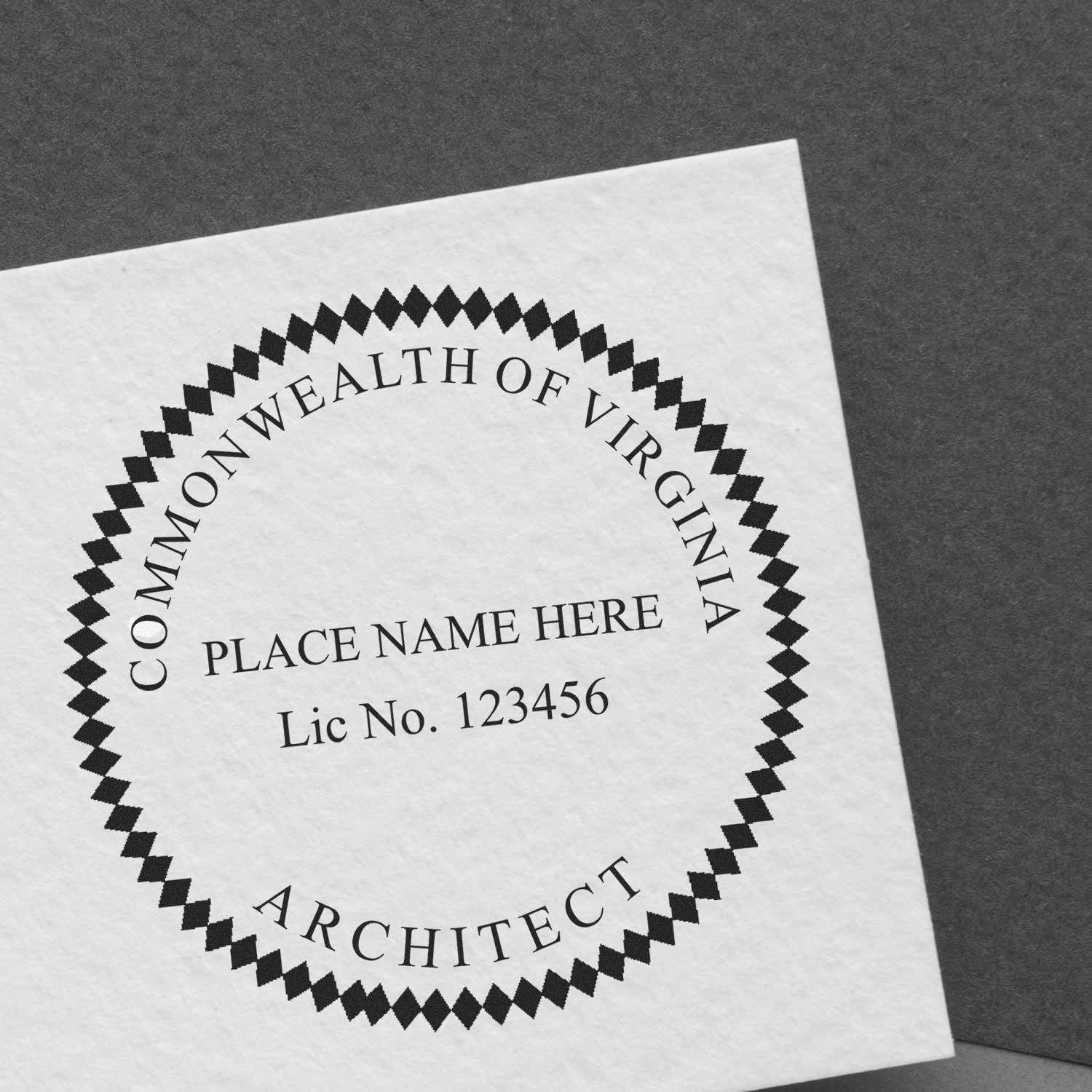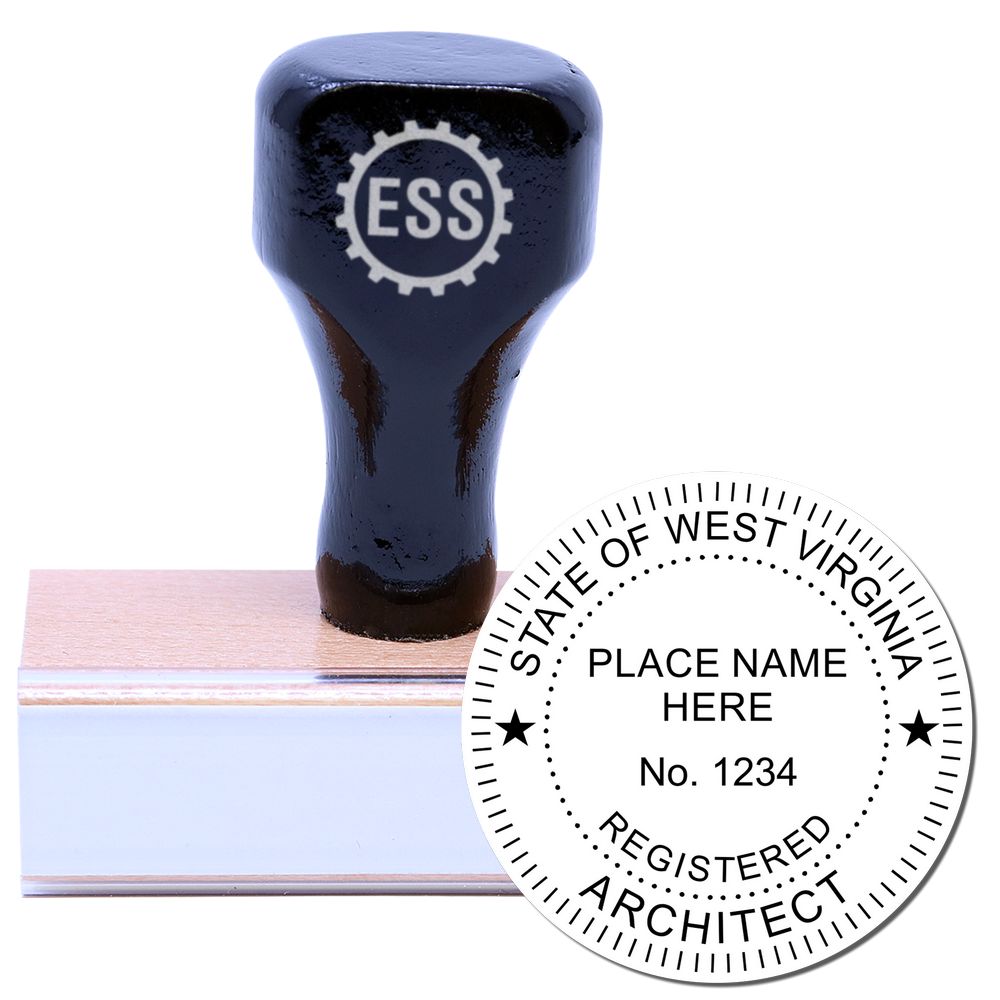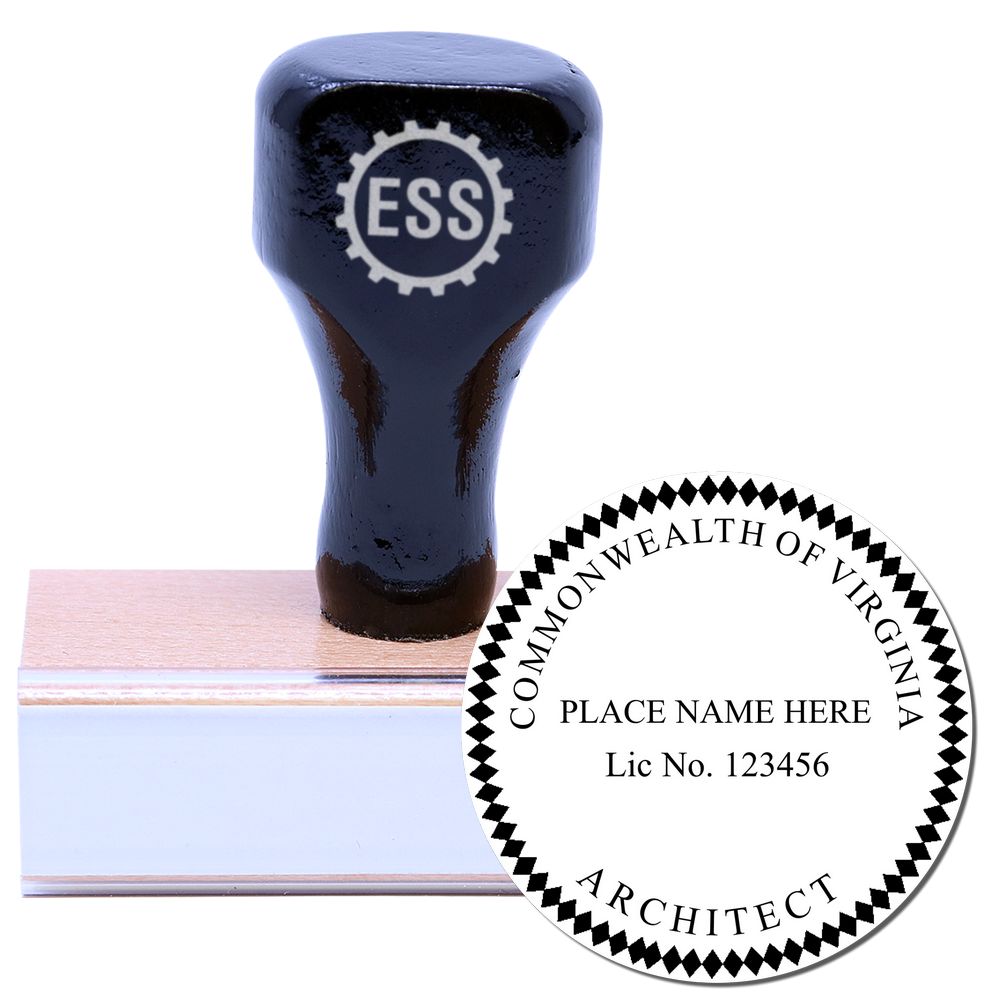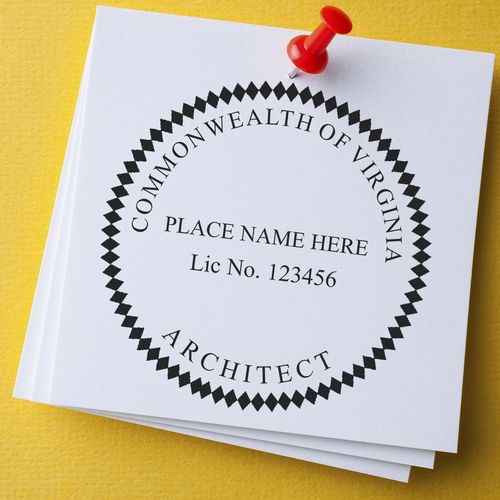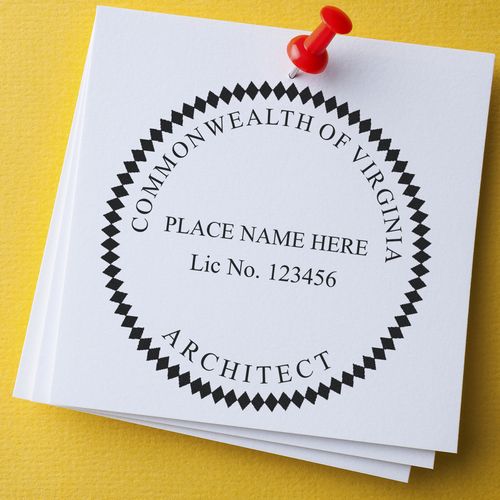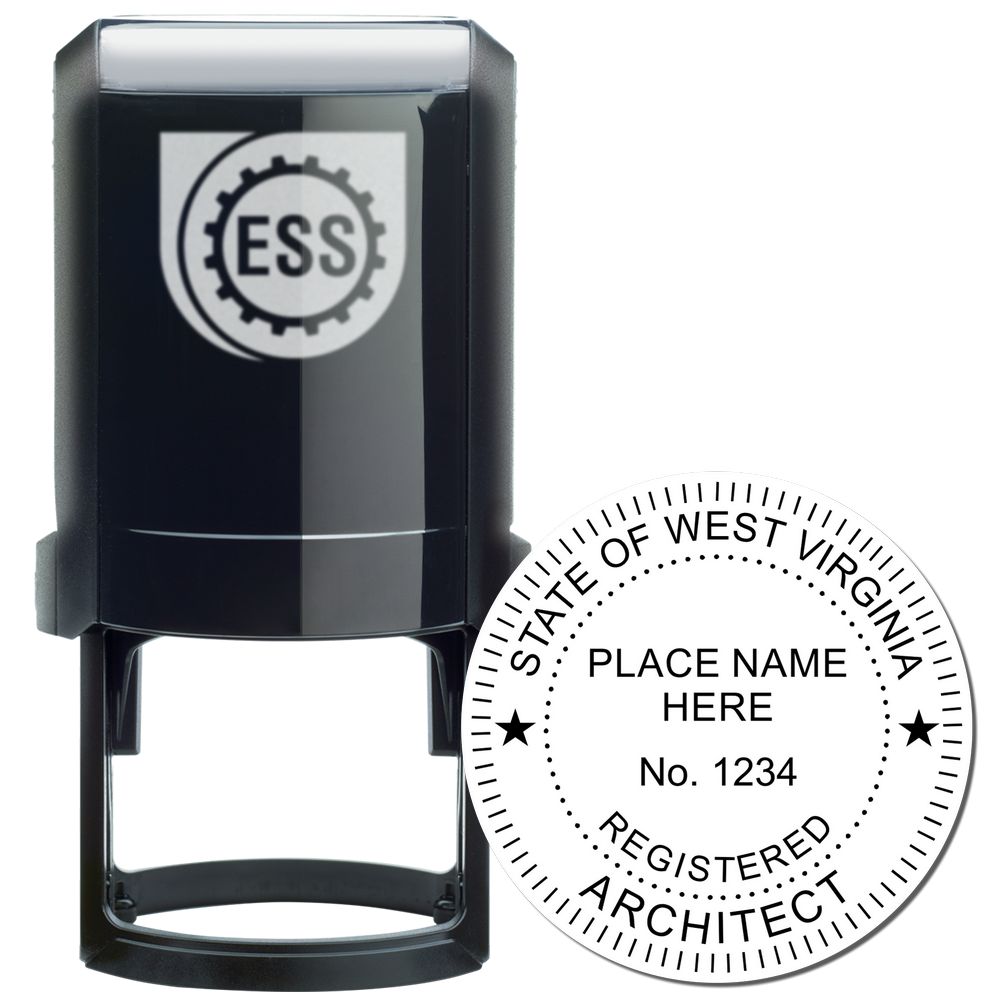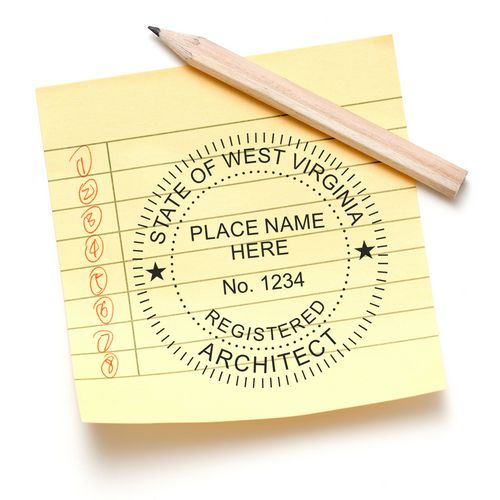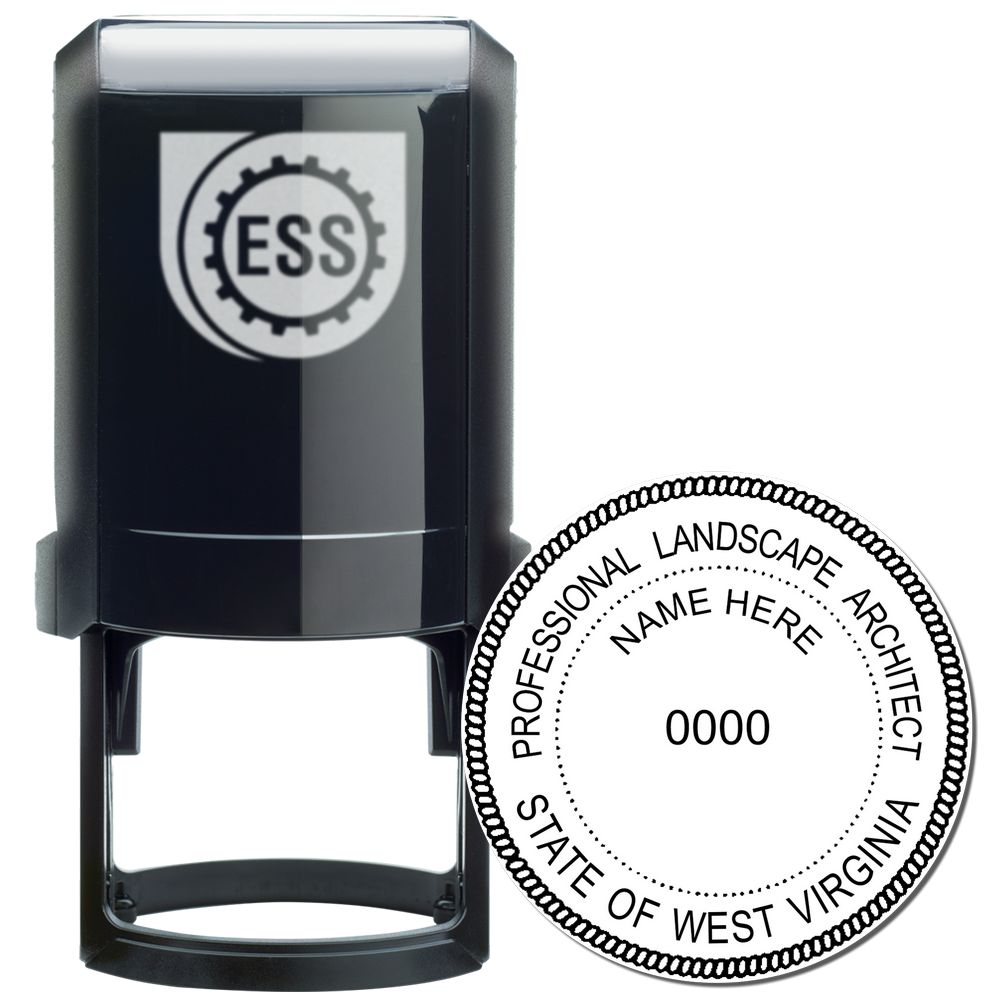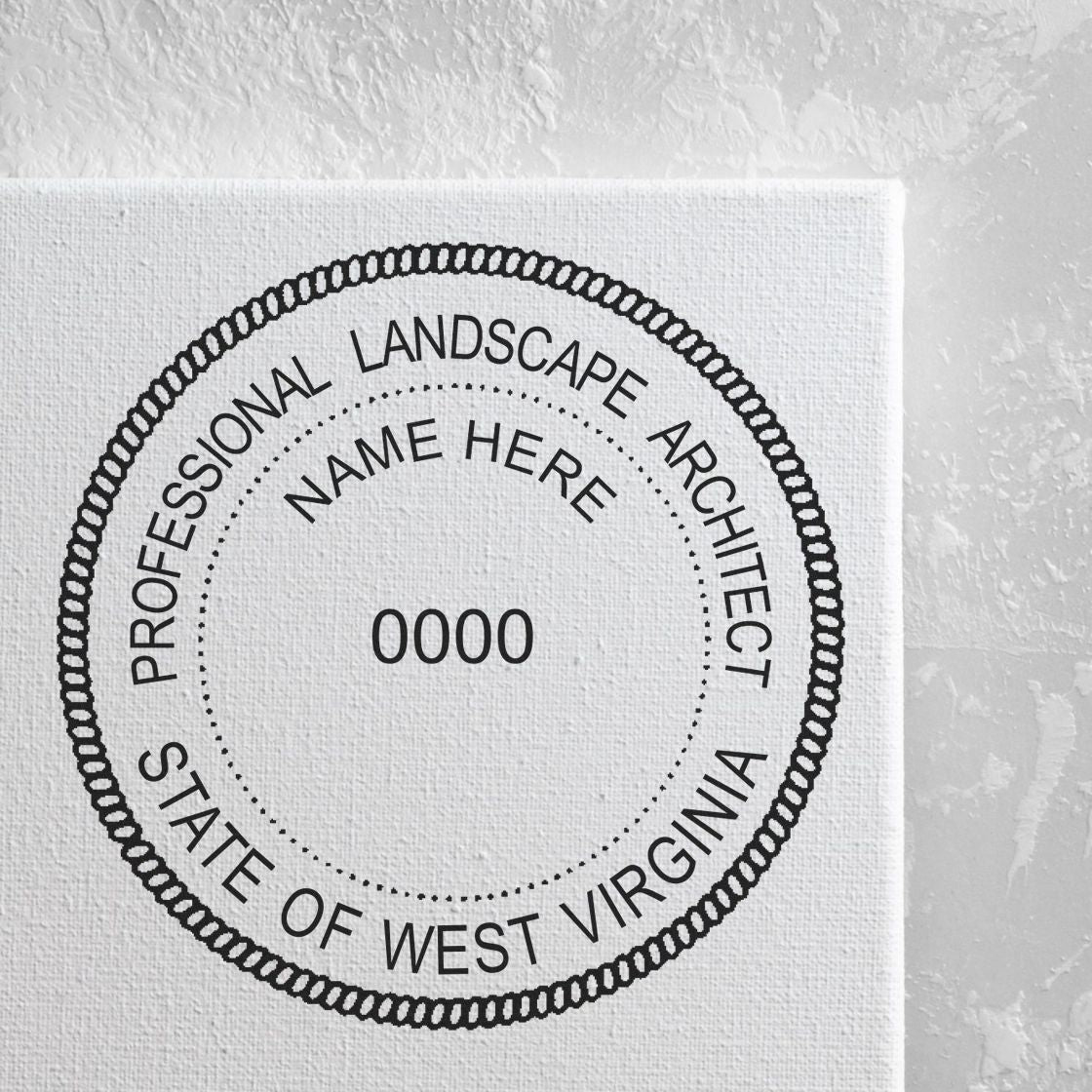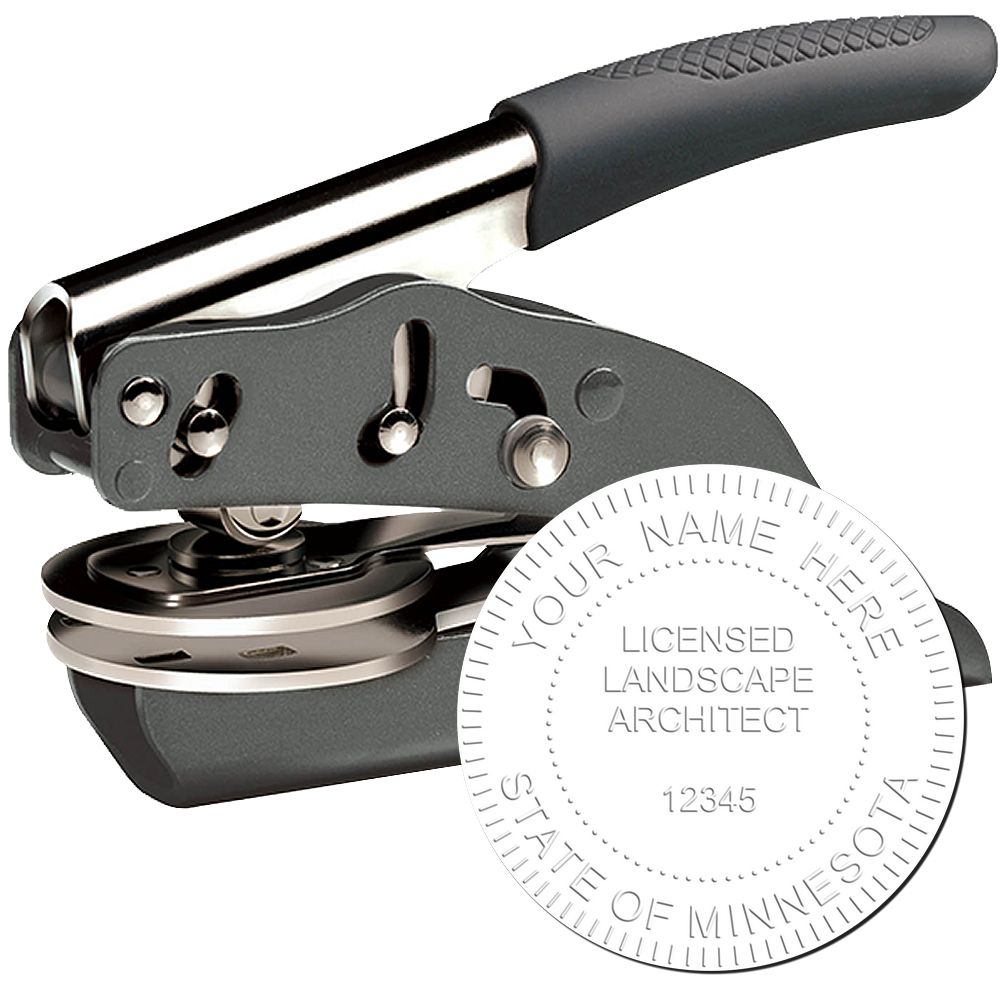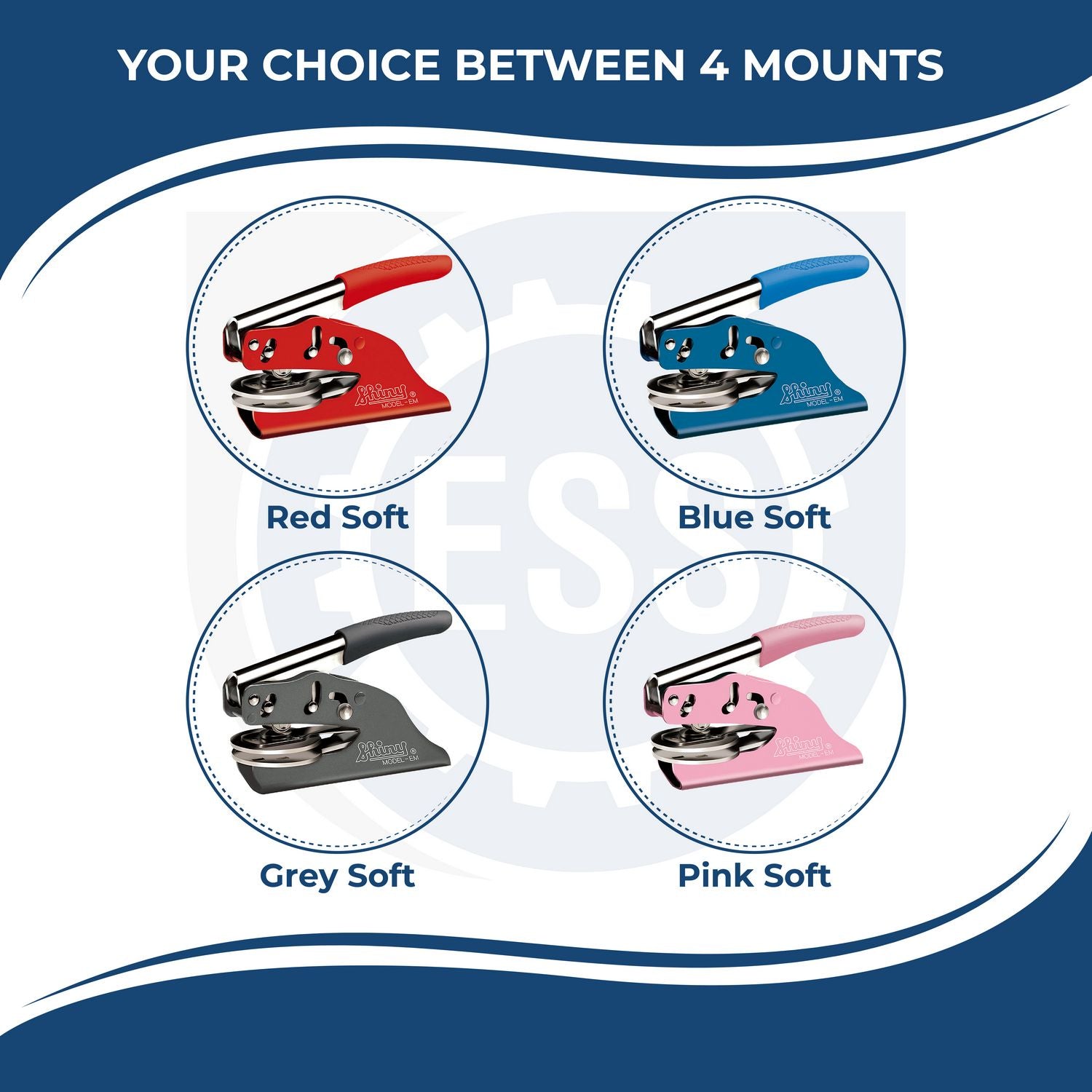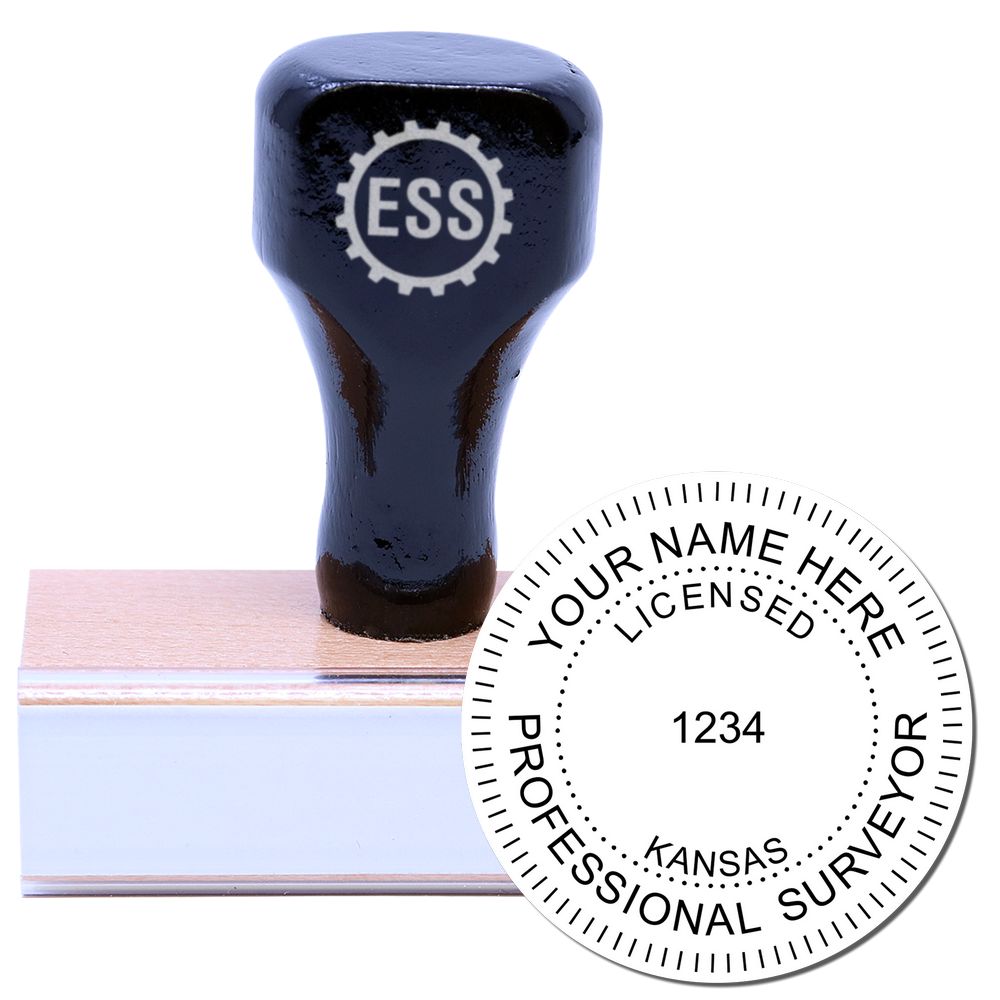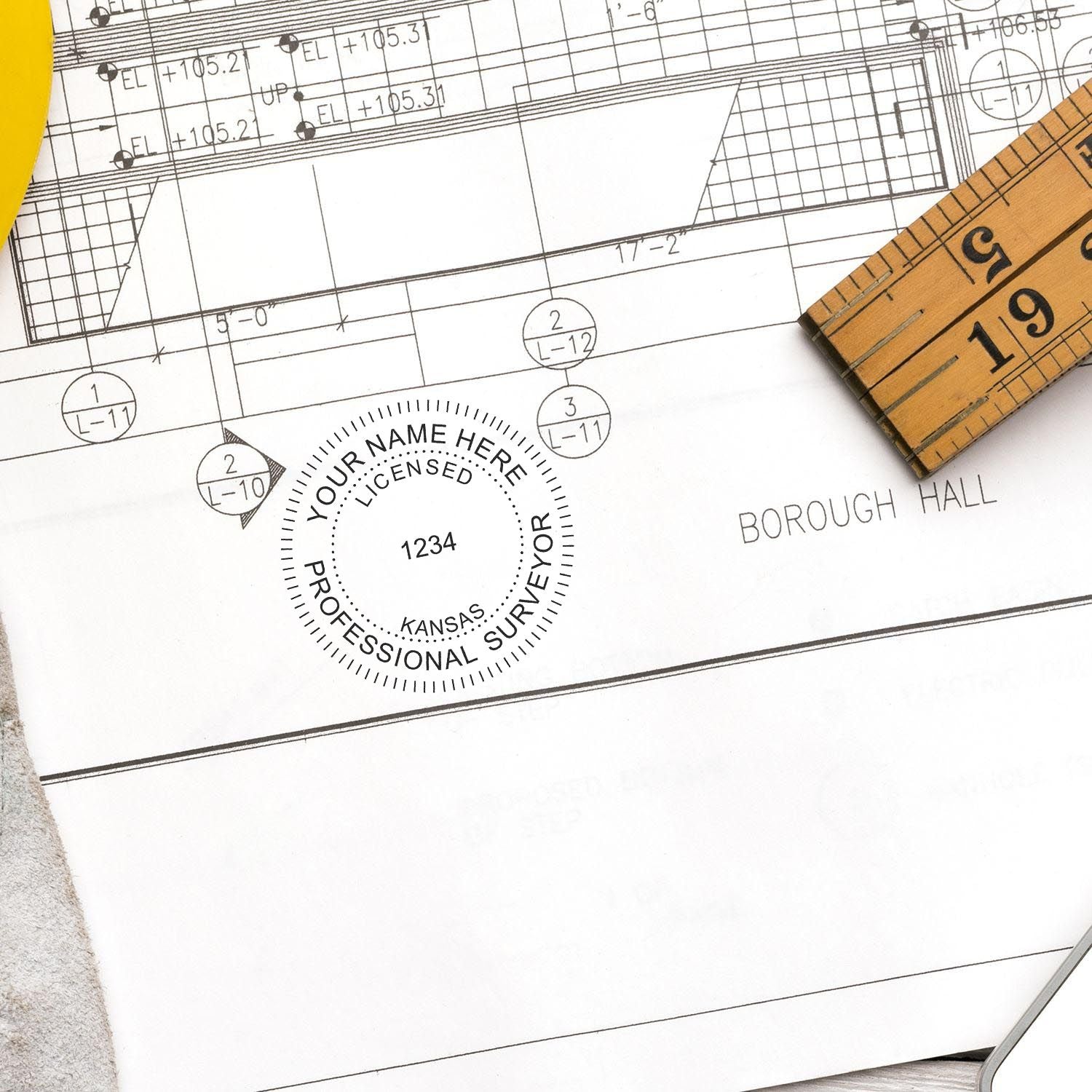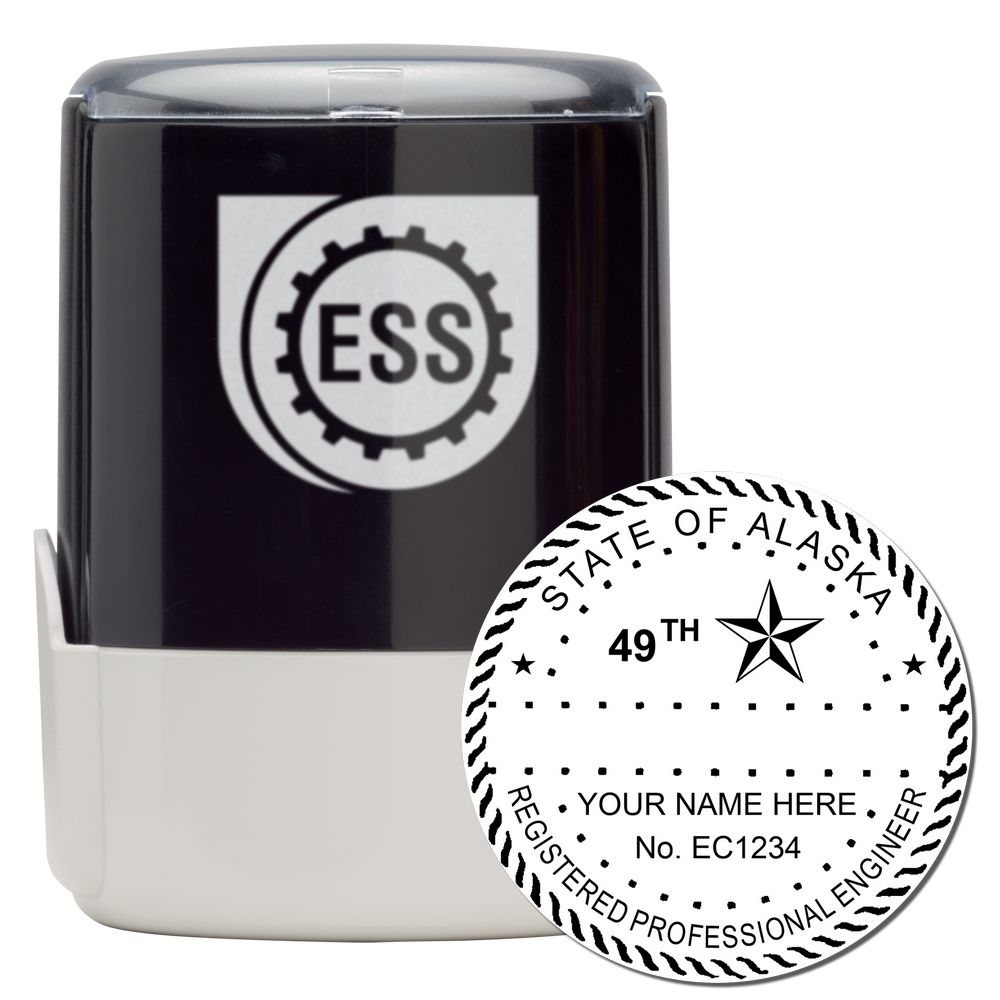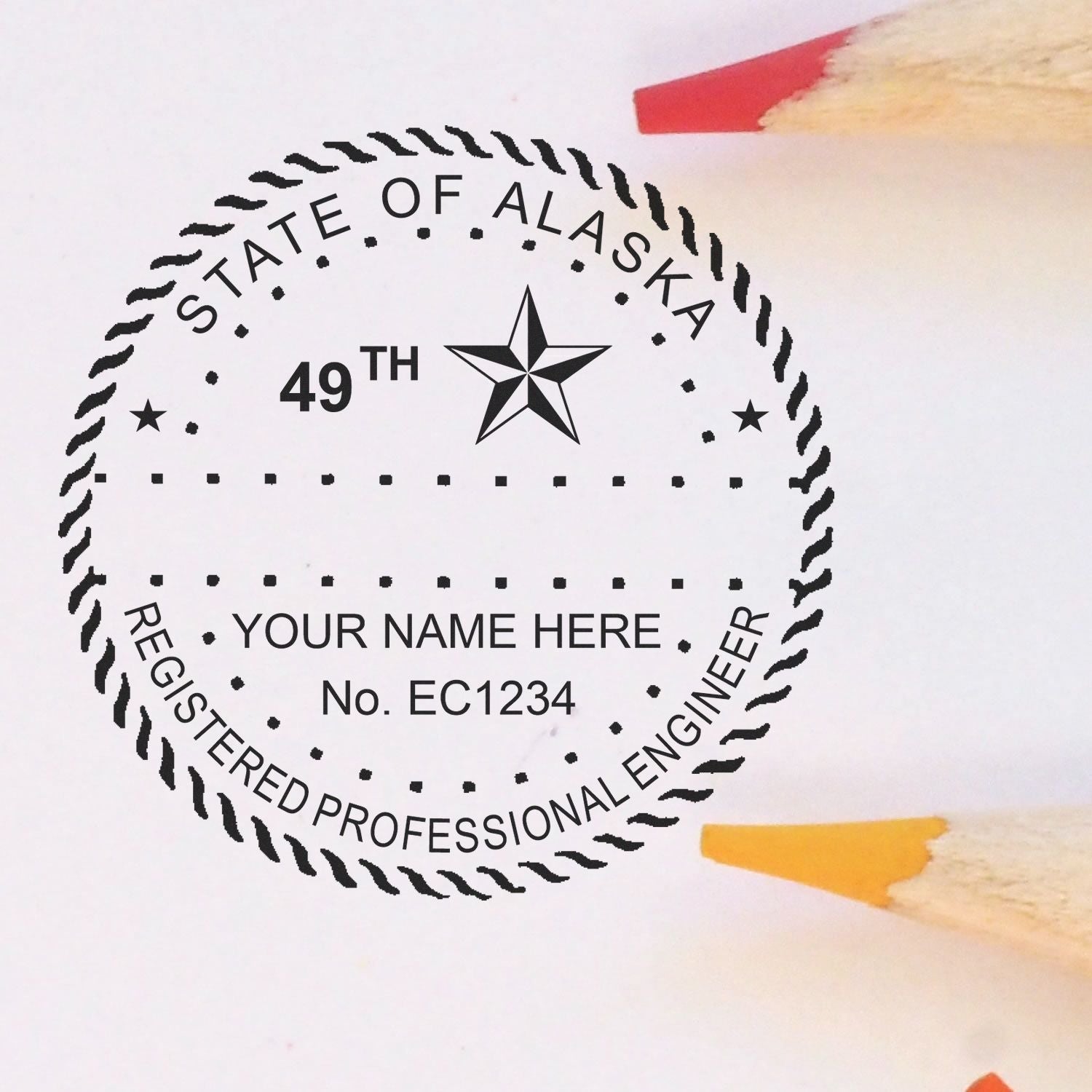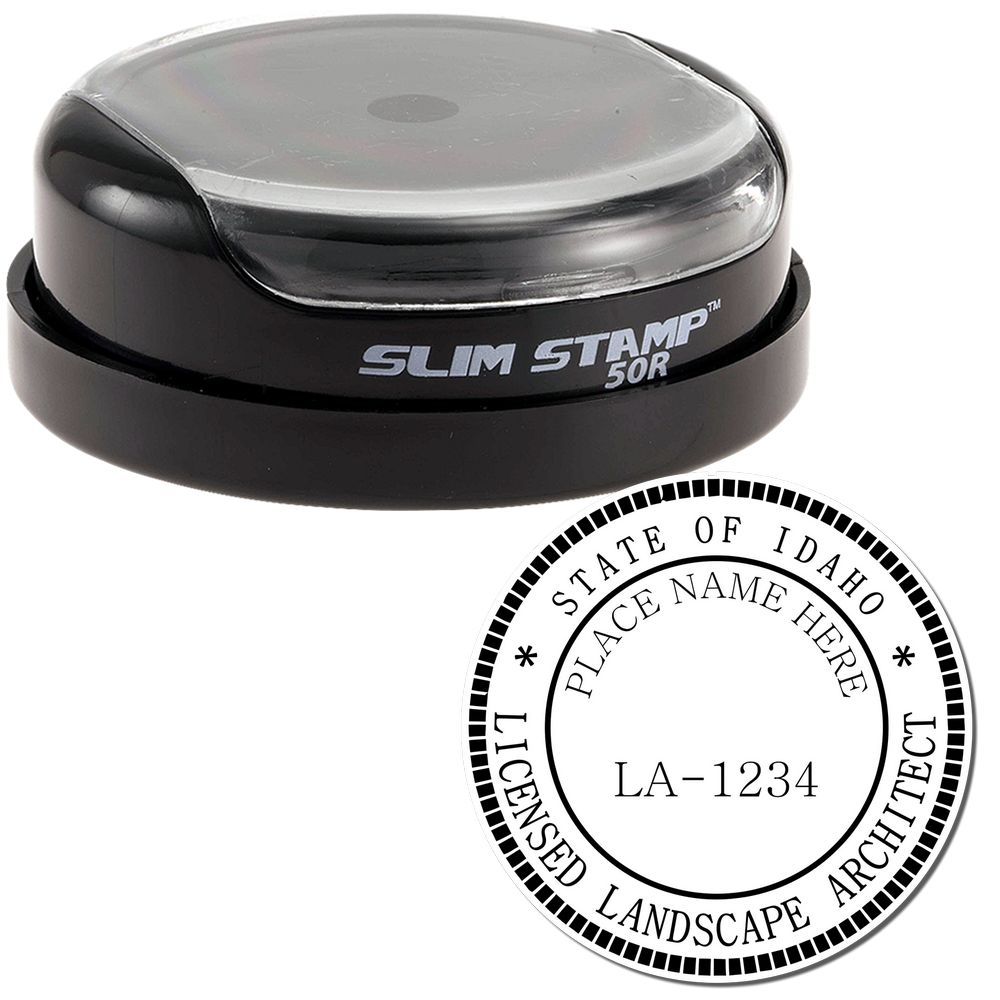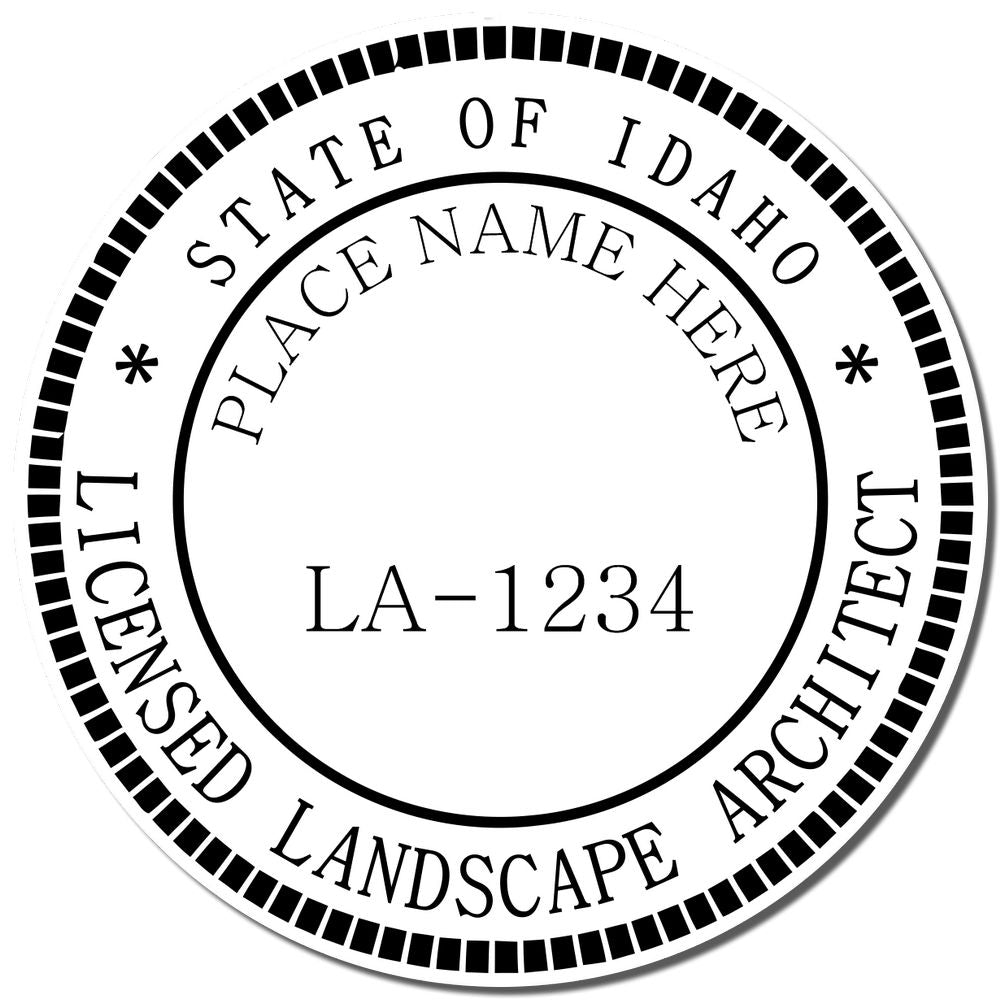Architectural Documentation: An Essential Step
Before diving into the specifics of Virginia architect stamps, it's crucial to understand the importance of architectural documentation and the role of architect stamps and seals in the process.
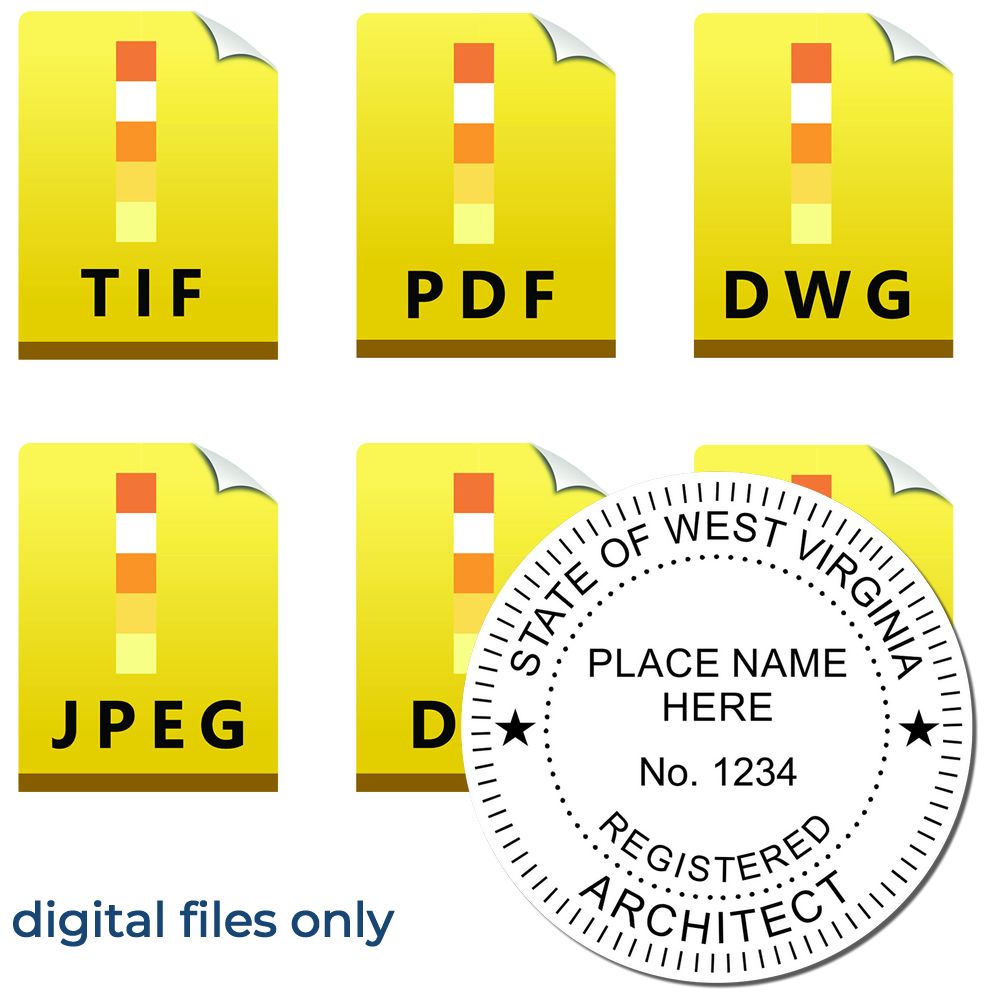
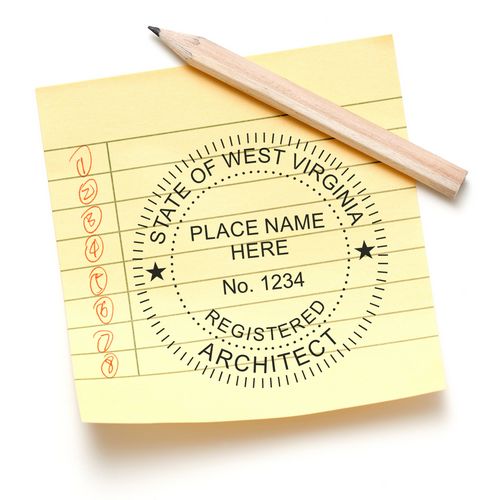
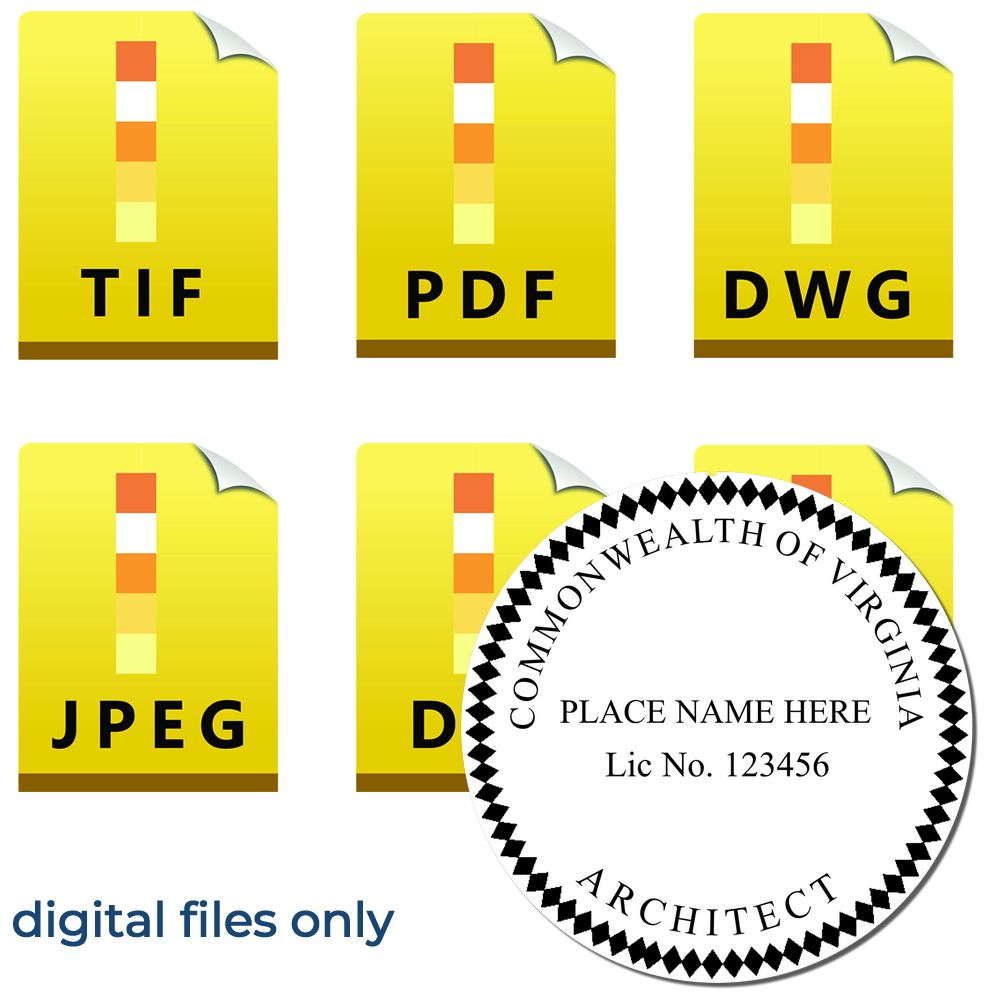
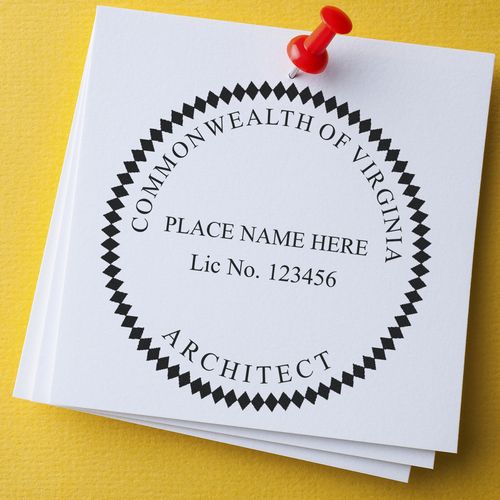
The Importance of Architectural Documentation
Architectural documentation plays a vital role in the construction industry. It serves as a comprehensive record of the design and technical details of a building project. Accurate and detailed documentation is essential for various purposes, including legal compliance, construction progress tracking, communication between stakeholders, and future maintenance and renovations.
Architectural documentation typically includes architectural drawings, specifications, calculations, and other supporting documents. These documents provide a clear representation of the intended design and help ensure that the project is executed as planned.
Understanding Architect Stamps and Seals
Architect stamps and seals are official marks affixed to architectural documents to signify the involvement and responsibility of a licensed architect. In the United States, each state has its own regulations regarding architect stamps and the use of seals.
In the state of Virginia, architect stamps are used to authenticate architectural documents, indicating that a licensed architect has reviewed and taken professional responsibility for the design. These stamps are an assurance of the architect's expertise and compliance with the state's architectural regulations.
The Virginia architect stamp typically includes important information such as the architect's name, license number, and the phrase "Architect - Commonwealth of Virginia." The stamp serves as a visual confirmation of the architect's authority and professional standing.
Architects in Virginia must ensure that their stamps comply with the guidelines set by the Virginia Board for Architects, Professional Engineers, Land Surveyors, Certified Interior Designers, and Landscape Architects. These guidelines outline the specific design requirements and usage guidelines for architect stamps in the state.
Understanding the significance of architectural documentation and the purpose of architect stamps is crucial for architects operating in Virginia. By adhering to the state regulations and utilizing the appropriate architect stamp, architects can validate their work, demonstrate compliance with building codes, and establish their professional reputation.
For more information on Virginia architect stamps, including design options and guidelines, refer to our article on virginia architect seal.
Virginia Architect Stamps
Overview of Virginia Architect Stamps
In the state of Virginia, architect stamps play a crucial role in the architectural documentation process. These stamps, also known as architect seals, are used by licensed architects to authenticate and validate architectural documents, ensuring compliance with building codes and regulations.
Virginia architect stamps typically contain the architect's name, license number, and the word "Architect." They serve as a professional endorsement, indicating that the architect takes responsibility for the design and compliance of the architectural plans.
Architects in Virginia are required by law to affix their architect stamp or seal on certain documents, such as construction drawings, specifications, and other architectural deliverables. This requirement helps to establish the credibility and professionalism of the architect, instilling confidence in the integrity of the architectural documents.
To learn more about the specific guidelines and requirements for Virginia architect stamps, our article on Virginia architect stamp guidelines provides detailed information.
Legal Requirements for Virginia Architect Stamps
The use of architect stamps in Virginia is governed by state regulations and licensing boards. Architects must adhere to these legal requirements when using their architect stamps.
Virginia law mandates that only licensed architects are authorized to use architect stamps. The license must be issued by the Virginia Board for Architects, Professional Engineers, Land Surveyors, Certified Interior Designers, and Landscape Architects.
The architect stamp must include the architect's name, license number, and the words "Architect" in a legible manner. The stamp should be affixed to the architectural documents in a location that is clearly visible and does not obscure any critical information.
It's essential for architects in Virginia to stay up to date with any changes or updates to the regulations regarding architect stamps. This ensures compliance with the state requirements and maintains the professional standing of the architect.
When choosing a Virginia architect stamp, architects should consider factors such as design and customization options, quality and durability, as well as compliance with Virginia state regulations. Our article on Virginia architect stamp design provides further insights into the considerations for choosing the right stamp.
By understanding the overview and legal requirements for Virginia architect stamps, architects can ensure the proper use and application of these stamps in their architectural documentation process.
Benefits of Virginia Architect Stamps
Virginia architect stamps play a crucial role in the architectural industry by providing several key benefits, which include validating and authenticating architectural documents and ensuring compliance with building codes and regulations.
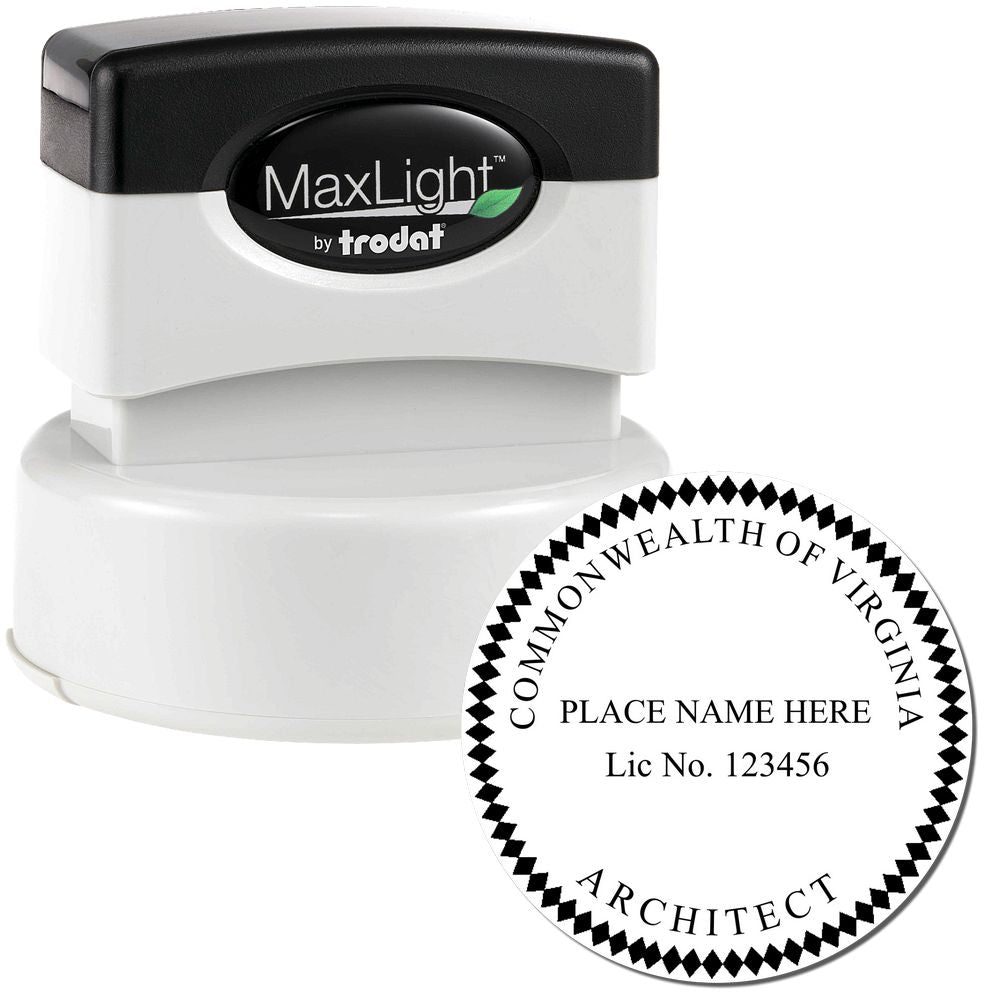
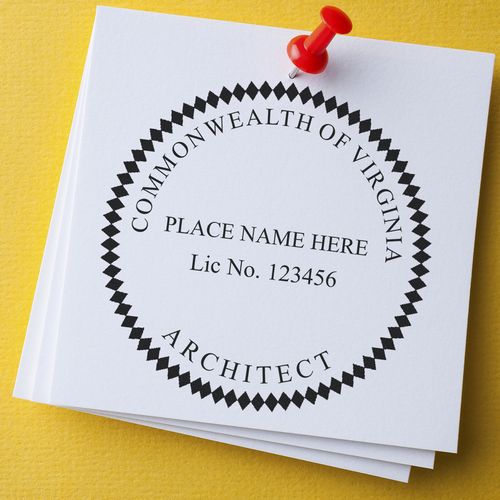
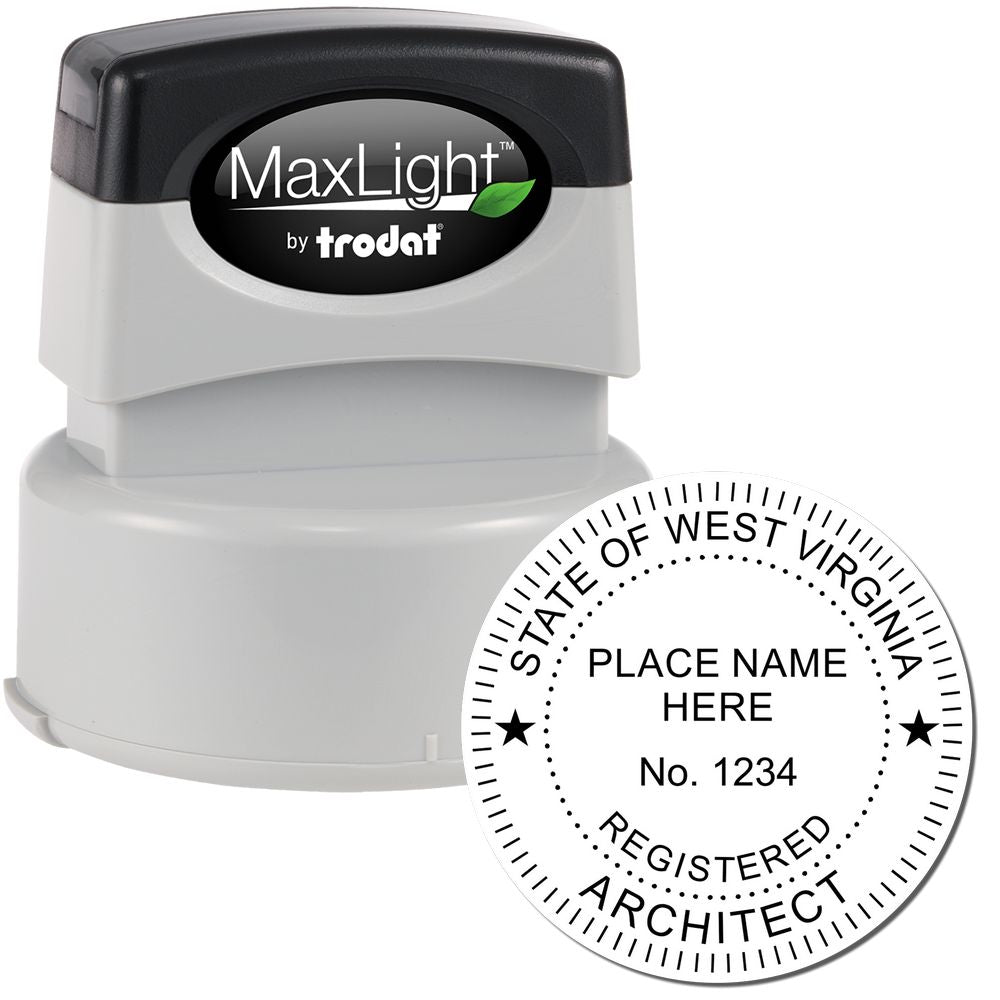
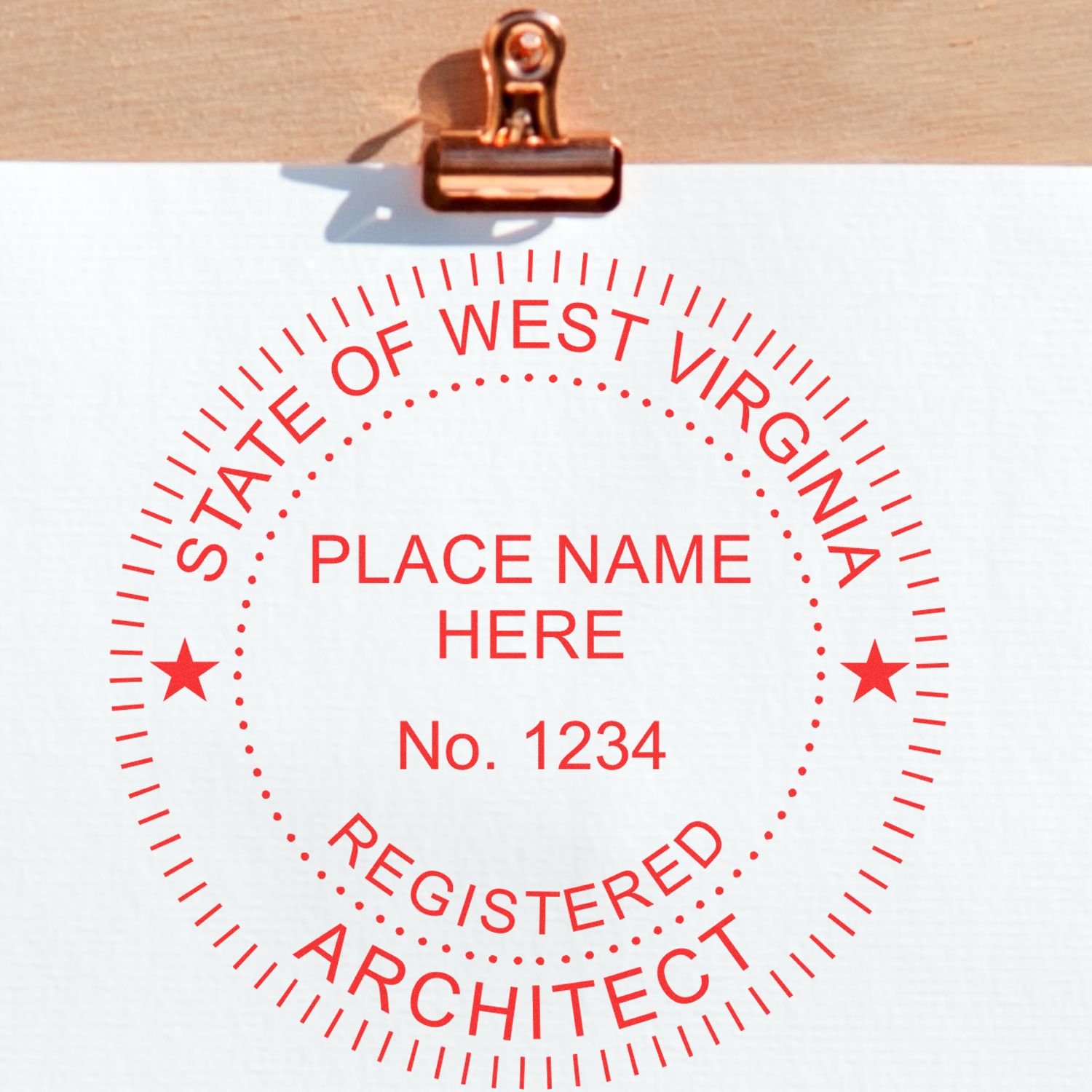
Validating and Authenticating Architectural Documents
One of the primary benefits of using Virginia architect stamps is the ability to validate and authenticate architectural documents. By affixing an architect stamp to drawings, plans, and other architectural documentation, architects are able to signify their professional involvement and approval of the project.
The architect stamp serves as a visual indication that the documents have been reviewed, approved, and certified by a licensed architect in the state of Virginia. This validation adds credibility and reliability to the architectural documents, giving stakeholders and regulatory authorities confidence in the accuracy and professionalism of the work.
Ensuring Compliance with Building Codes and Regulations
Another significant advantage of Virginia architect stamps is their role in ensuring compliance with building codes and regulations. Architects have a responsibility to design structures that meet all applicable building codes, safety standards, and legal requirements.
By using architect stamps, architects can demonstrate that their designs and plans adhere to the specific regulations set forth by the state of Virginia. This verification helps to prevent potential legal issues, ensures the safety of occupants, and promotes trust between architects, clients, contractors, and regulatory authorities.
Architects must stay up-to-date with current building codes and regulations to ensure their stamp accurately reflects compliance. This includes remaining knowledgeable about any updates or changes to the state-specific requirements. For more information on Virginia architect stamp guidelines, refer to our article on virginia architect stamp guidelines.
In summary, Virginia architect stamps provide valuable benefits by validating and authenticating architectural documents and ensuring compliance with building codes and regulations. By utilizing these stamps, architects demonstrate their professionalism, expertise, and commitment to delivering safe and compliant architectural designs in the state of Virginia.
Types of Virginia Architect Stamps
When it comes to Virginia architect stamps, there are several types to choose from, each with its own unique features and benefits. The type of stamp you select will depend on your personal preference and specific requirements. Let's explore three common types of Virginia architect stamps: rubber stamps, electronic stamps, and embossing stamps.
Rubber Stamps
Rubber stamps are a traditional and widely used option for Virginia architects. These stamps feature a rubber die that is mounted on a wooden or plastic handle. The rubber die is imprinted with the architect's information, including their name, license number, and other relevant details. When pressed onto a document, the rubber die transfers ink, leaving a clear and legible impression.
Rubber stamps are known for their simplicity, affordability, and ease of use. They are lightweight and portable, making them convenient for architects who need to carry them to different job sites. Additionally, rubber stamps offer the flexibility to choose different ink colors and refill the ink pads as needed.
Electronic Stamps
In today's digital age, electronic stamps have become increasingly popular among Virginia architects. These stamps utilize digital technology to create a secure and tamper-proof stamping process. Electronic stamps often come in the form of a handheld device that is connected to a computer or tablet. Architects can design their stamp layout using specialized software and then apply the stamp electronically to their architectural documents.
One of the key advantages of electronic stamps is their ability to store multiple designs and templates. This allows architects to easily switch between different stamp layouts, depending on the specific project or document requirements. Electronic stamps also offer the convenience of automatic date and time stamping, ensuring accuracy and compliance.
Embossing Stamps
Embossing stamps provide a distinctive and professional look to architectural documents. These stamps create a raised impression on the paper by applying pressure without the use of ink. Embossing stamps often feature a metal die with the architect's information, which is pressed onto the paper to leave a visually appealing and tactile seal.
Embossing stamps are favored for their elegant and timeless appearance. They add a touch of sophistication to architectural documents and convey a sense of authenticity. Additionally, embossed seals are difficult to replicate, enhancing document security and preventing unauthorized alterations.
When selecting a Virginia architect stamp, consider factors such as design and customization options, quality and durability, and compliance with Virginia state regulations. To ensure that your stamp meets all necessary requirements, it's essential to familiarize yourself with the guidelines provided by the Virginia Board for Architects, Professional Engineers, Land Surveyors, Certified Interior Designers, and Landscape Architects. For more information on Virginia architect stamps and seals, visit our article on virginia architect seal and architect stamps in virginia.
Considerations for Choosing a Virginia Architect Stamp
When it comes to choosing a Virginia architect stamp, there are several important considerations to keep in mind. From design and customization options to quality and durability, each factor plays a role in ensuring that the stamp meets your specific needs. Additionally, it's crucial to ensure that the chosen stamp complies with the regulations set forth by the state of Virginia.
Design and Customization Options
One of the key considerations when choosing a Virginia architect stamp is the design and customization options available. The stamp should reflect your professional identity and align with your personal brand. Look for a stamp supplier that offers a variety of design choices, including options for text, graphics, and logos.
Customization is another important aspect to consider. Some stamp manufacturers provide the flexibility to personalize the stamp with your specific information, such as your name, license number, and contact details. This allows you to create a unique and professional impression on your architectural documents. For more information on Virginia architect stamp design, check out our article on virginia architect stamp design.
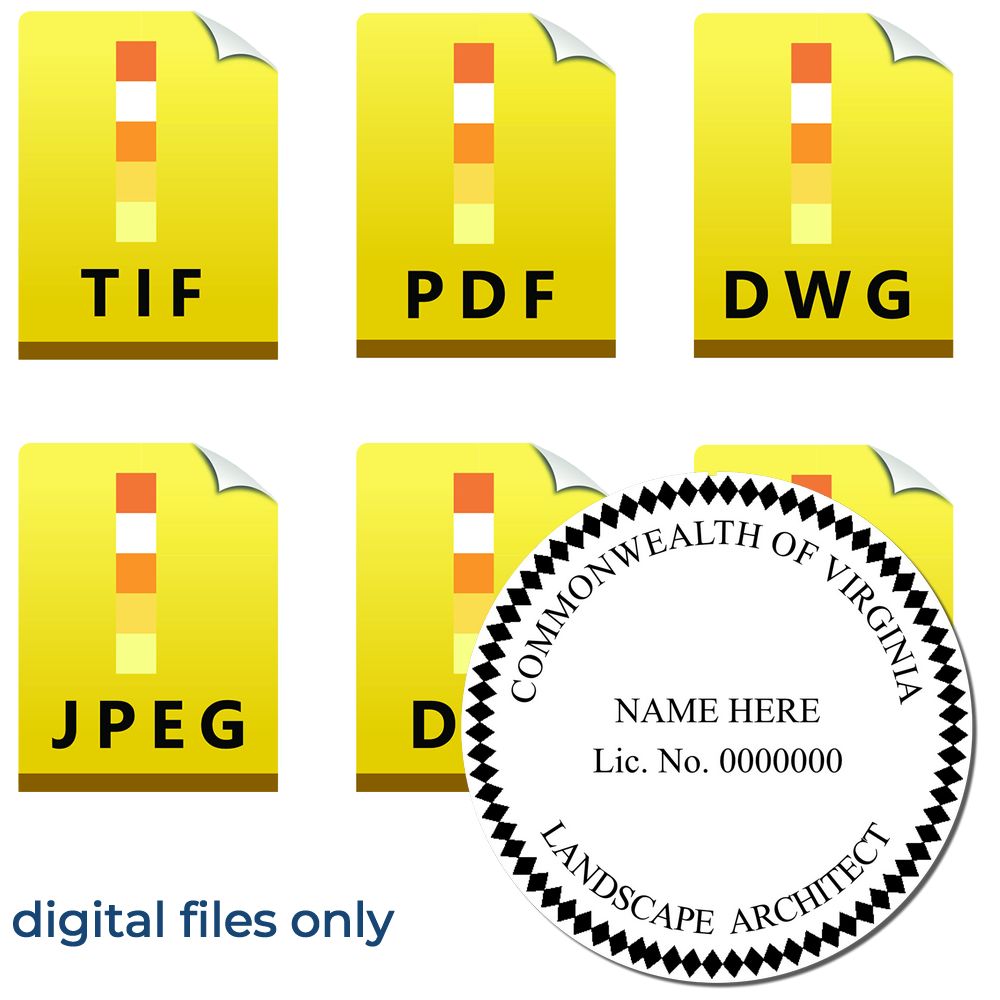

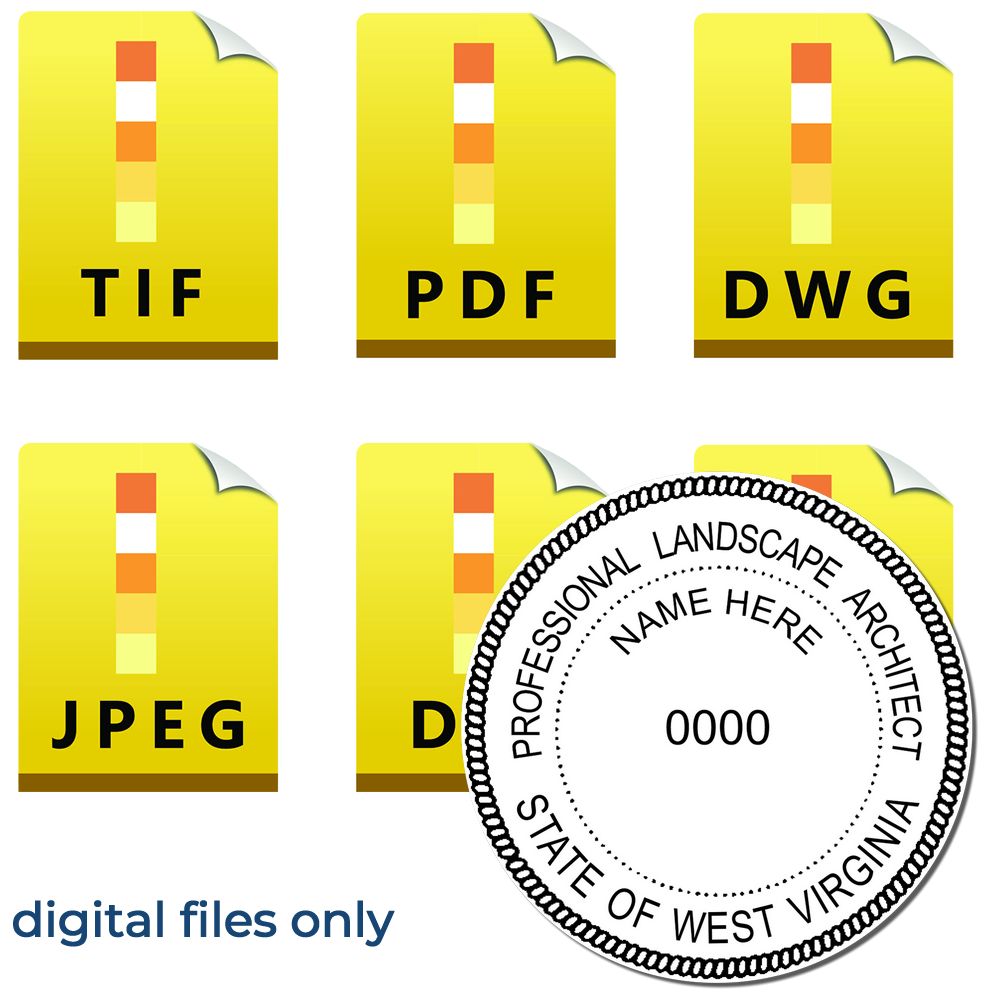
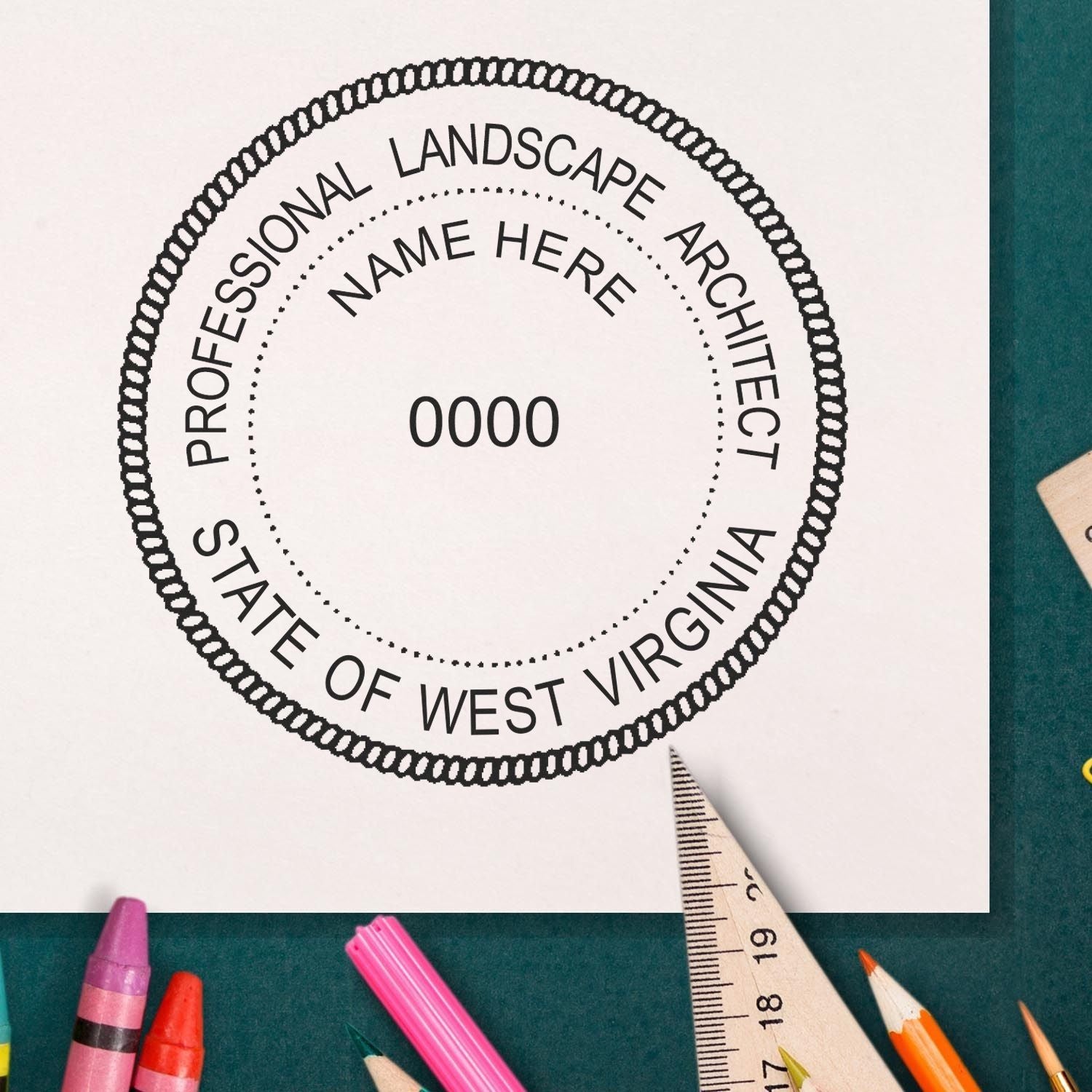
Quality and Durability
When selecting a Virginia architect stamp, it's essential to prioritize quality and durability. The stamp should be made from high-quality materials to ensure longevity and consistent performance. Look for stamps that are constructed with durable materials like metal or high-grade plastic, as these are likely to withstand regular use without wearing out quickly.
In addition to material quality, consider the impression quality of the stamp. A well-made stamp should produce clear, sharp imprints that are legible and professional. This is especially important for official architectural documents, as a clear stamp impression adds to the credibility and authenticity of the documentation.
Compliance with Virginia State Regulations
When purchasing a Virginia architect stamp, compliance with Virginia state regulations is paramount. It's crucial to ensure that the stamp meets all the requirements outlined by the state. This includes adhering to the specific size, format, and content guidelines set forth by the Virginia Board for Architects, Professional Engineers, Land Surveyors, Certified Interior Designers, and Landscape Architects.
To ensure compliance, it's advisable to choose a stamp supplier that understands and follows the regulations governing architect stamps in Virginia. They can guide you in selecting a stamp that meets all the necessary criteria. For more information on Virginia state regulations for architect stamps, refer to our article on virginia architect stamp guidelines.
By considering the design and customization options, prioritizing quality and durability, and ensuring compliance with Virginia state regulations, you can confidently choose a Virginia architect stamp that meets your professional needs. Remember to explore different suppliers and consult with professionals in the field to make an informed decision.
About ESS
ESS is a leading manufacturer in the industry specializing in top-notch custom rubber stamps, professional seals and notary stamps. Our team of experts has hands-on experience in manufacturing premium-quality products that have consistently met the high standards of our customers. Our primary goal is to provide the best customer experience by rendering stellar customer service, timely delivery, and meeting every specific requirement of our clients.
We take pride in the durability and long-lasting performance of our products which are backed by a state-board guarantee, ensuring that our clients can rely on our products with complete peace of mind. We also offer a quick turnaround on all our products, ensuring that our clients receive their orders promptly. At ESS, we understand the importance of standing out amongst the competition and showcasing professionalism. That's why we don't compromise on the quality of our products. We use the latest technologies and manufacturing techniques to develop products that are durable and long-lasting. With over 50 years of experience in the industry and a team of experienced and qualified professionals, ESS has set a benchmark in the market for providing premium-quality custom rubber stamps, professional seals and notary stamps. We are committed to maintaining our standard and continuously strive to raise the bar.

